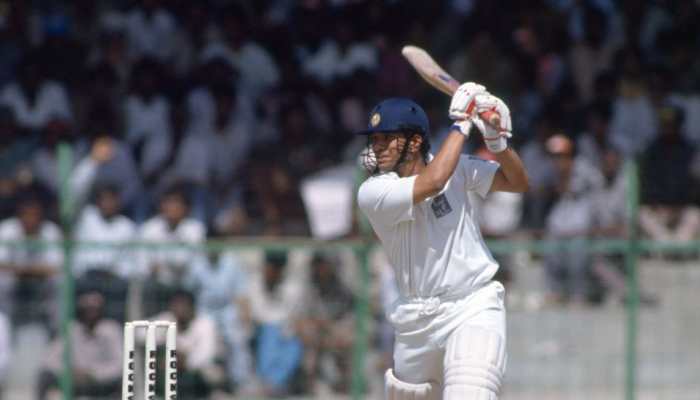Delhi's Air Quality Remains 'Very Poor'; GRP 2 Measures Implemented, 8 Pollution Hotspots Identified
While stringent measures have been implemented, eight more pollution hotspots have been identified in the city to curb air pollution.
Trending Photos
)
Delhi, India: As Delhi residents brace for another day of challenging air quality, the latest report from the System of Air Quality and Weather Forecasting And Research (SAFAR) confirms that the city's air quality remains in the 'very poor' category, with an Air Quality Index (AQI) of 303.
Air Quality Across Delhi
In specific areas of Delhi, the air quality situation is a mixed bag. Delhi University area and Pusa are grappling with 'very poor' and 'poor' air quality, marked by AQIs of 335 and 242, respectively. In contrast, IIT Delhi, Airport (T3), and Mathura Road also find themselves in the 'very poor' category, with AQIs of 306, 313, and 173, respectively.
Neighboring Areas Suffer Too
Delhi's neighbouring regions are not faring much better. Noida records an AQI of 308 (very poor), while Gurugram lingers at 249 (poor). This persistent poor air quality has raised concerns among the public and authorities alike.
IMD Predicts Slight Improvement
The India Meteorological Department (IMD) scientist VK Soni offered a glimmer of hope, stating that there may be some improvement in air quality following the implementation of the Graded Response Action Plan (GRAP). However, the 'very poor' air quality might persist until October 26.
With the festive season approaching and concerns over farm fires, Delhi Environment Minister Gopal Rai emphasized the importance of the next two weeks in combating the city's air quality issues. Phase two of the Graded Response Action Plan (GRAP) is now in effect, aiming to tackle the 'very poor' air quality.
Rai also highlighted the need for cooperation with neighbouring states to address issues like stubble burning, which contributes to Delhi's pollution woes.
Additional Pollution Hotspots Identified
During a recent meeting, Rai announced that eight more pollution hotspots have been identified in the city. Special teams will be deployed to identify and inspect local sources of pollution at these locations, which include Shadipur, Mandir Marg, Patparganj, Sonia Vihar, and Moti Bagh.
Stringent Measures Implemented
In a significant move, the Commission for Air Quality Management sub-committee invoked an 11-point action plan under Stage-II of the revised GRAP across the entire National Capital Region. This includes a ban on coal and wood-fired stoves, increased use of CNG and electric buses, regular road cleaning, and traffic management to prevent congestion and control pollution.
Mumbai's Air Quality Maintains 'Moderate' Status
In contrast, Mumbai's air quality stands in the 'moderate' category with an AQI of 132, a slight improvement from the 'good category' earlier this month. The city experienced a rise in temperature, contributing to the shift in air quality.
Understanding The AQI
The Air Quality Index (AQI) serves as a critical tool for communicating air quality to the public. It condenses complex air quality data into a single index value and associated categories, making it easier to comprehend. These categories range from 'Good' to 'Severe' based on ambient pollutant concentrations and health impacts.
Stay informed on all the latest news, real-time breaking news updates, and follow all the important headlines in india news and world News on Zee News.
Live Tv







)
)
)
)
)
)
)
)
)
)
